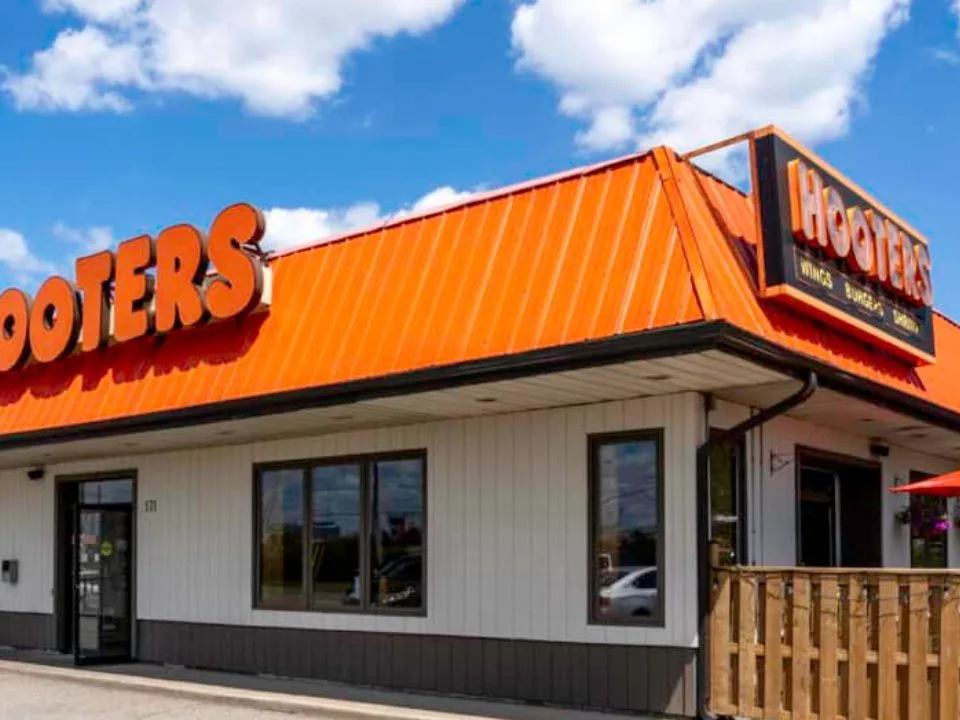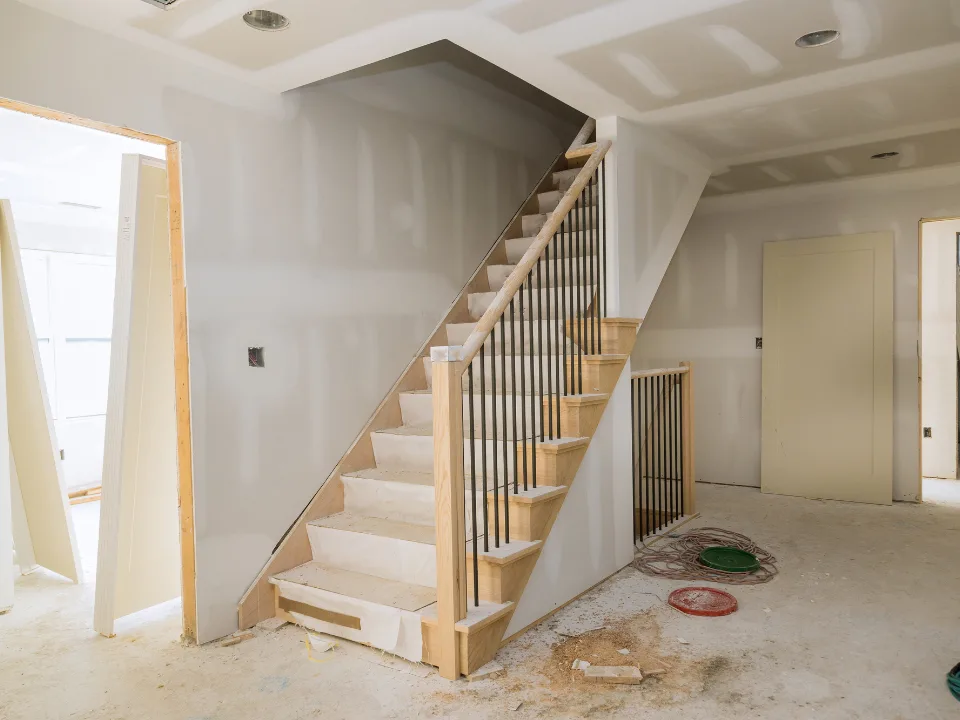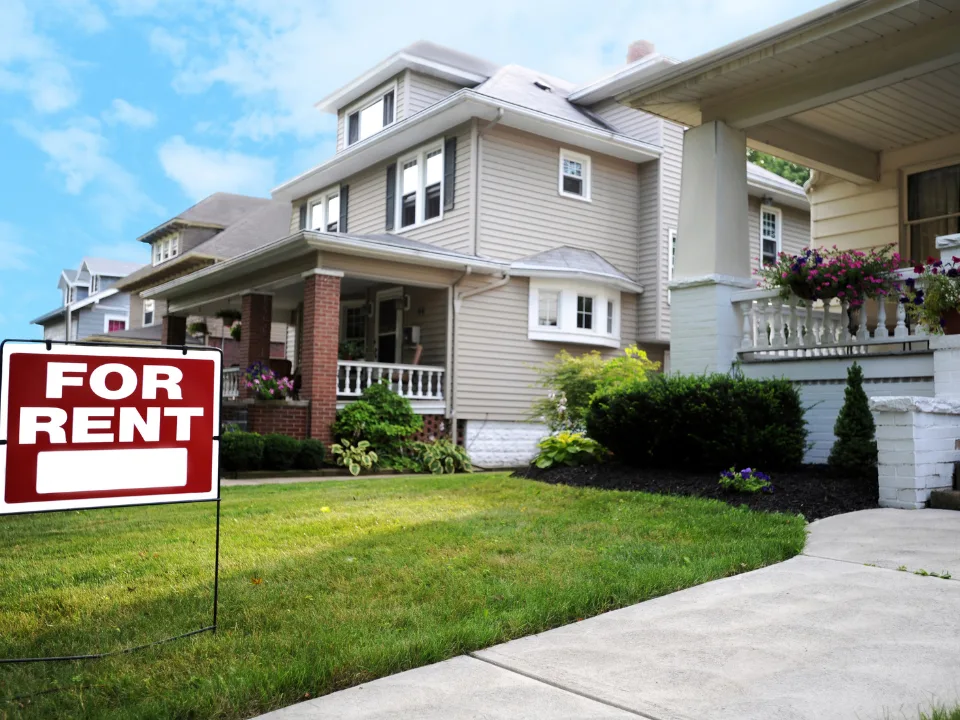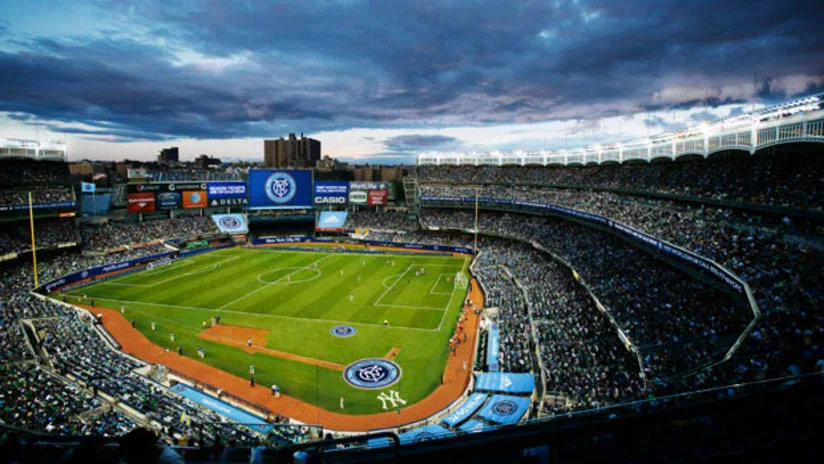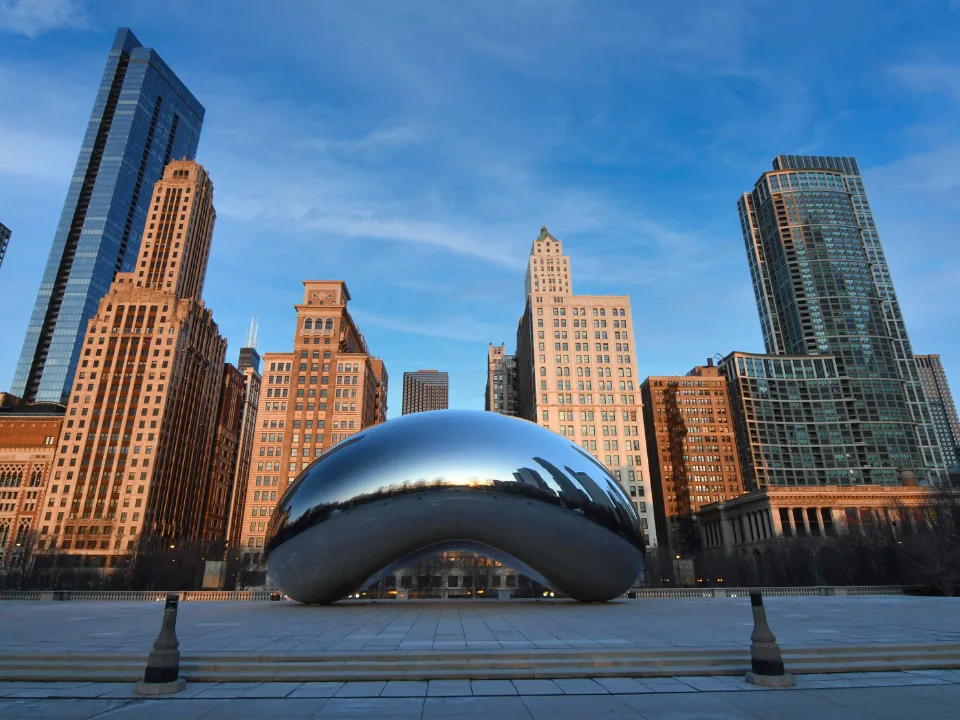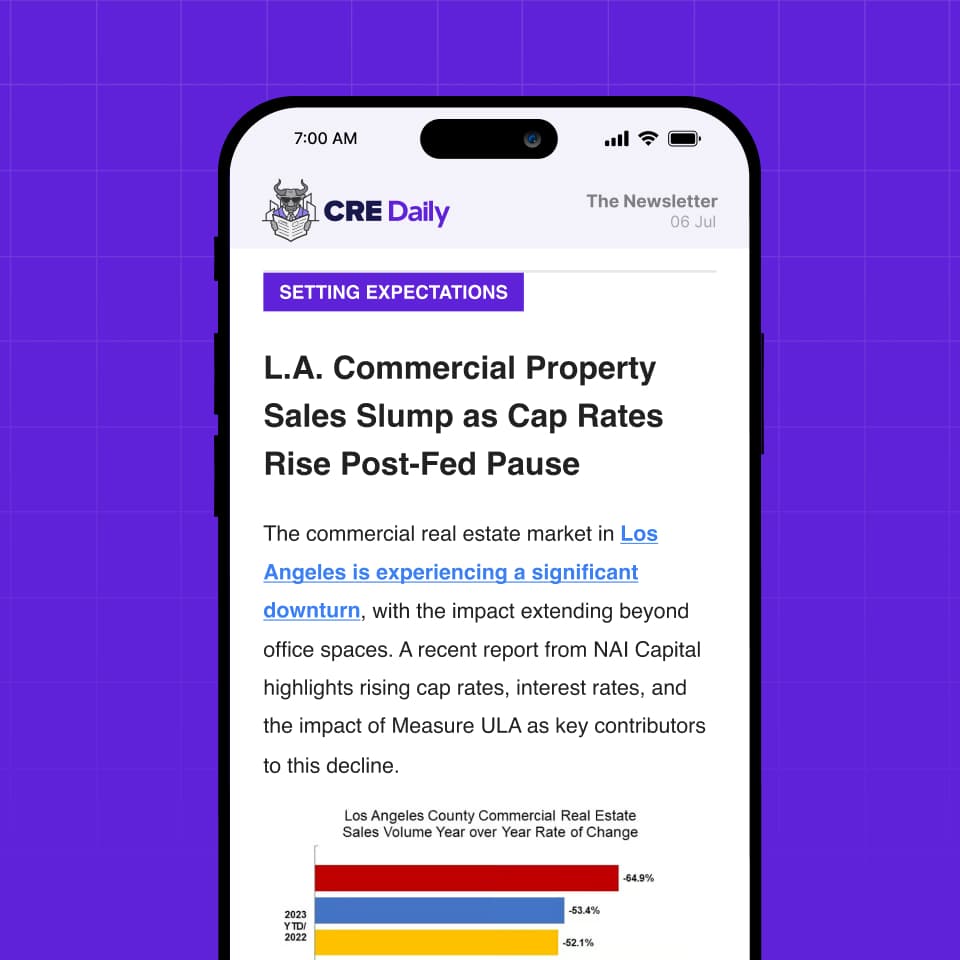- Multifamily completions in 2025 are expected to fall by nearly 50% nationally.
- Rising vacancies and cautious institutional investors are contributing to the decline.
- Austin, TX, will see the steepest drop nationwide, with a 68% decline in new units.
- Sun Belt markets, like Dallas-Fort Worth, Atlanta, and Houston, are also seeing slowdowns.
- Some markets, including Detroit, Richmond, and Orange County, maintain stable supply levels.
Following a record-breaking surge in 2024, the US multifamily construction boom is cooling down dramatically, as reported by CoStar.
In fact, new unit completions are projected to fall from 685K in 2024 to 365K in 2025—a nearly 50% decline in new deliveries, returning to pre-pandemic averages.
Looking Overcast
This slowdown is most pronounced in the Sun Belt, where recent overdevelopment has resulted in inevitable oversupply and rising vacancy rates.
Austin, TX, which added 31K new units in 2024, is on track for just 10K units in 2025, a steep 68% drop.
Other Sun Belt cities, including Dallas-Fort Worth, Atlanta, and Houston, are also seeing major slowdowns, with declines ranging from 13K to 20K units.
Get Smarter about what matters in CRE
Stay ahead of trends in commercial real estate with CRE Daily – the free newsletter delivering everything you need to start your day in just 5-minutes
Market Recalibration
The pullback in new developments is driven by deteriorating market conditions nationwide, but particularly in former post-pandemic hotspots.
In several Sun Belt cities, for example, the rapid influx of new units outpaced rental demand, leading to rising vacancies and, in some cases, negative rent growth. Additionally, institutional investors have grown hesitant, scaling back funding due to lower-than-expected returns on multifamily investments.
Developers and lenders are now taking a more cautious approach, focusing on stabilizing existing assets rather than launching new projects. Even traditionally supply-constrained markets like New York City and Washington, DC, are seeing a slowdown in apartment completions.
Bucking The Trend
While most markets are pulling back, a handful—including Detroit, Richmond, Kansas City, Cleveland, and Orange County—are bucking the trend.
These areas continue to see stable demand, with vacancy rates at or below national averages, allowing them to maintain or slightly increase their expected multifamily deliveries in 2025.
What’s Next For Multifamily?
With fewer projects in the pipeline, 2025 offers an opportunity for the multifamily sector to stabilize. The 5-year pre-pandemic average for new deliveries could be a benchmark for developers assessing market risks.
If the Sun Belt is to regain its previous rent growth leadership, market participants should stay attuned to supply and demand dynamics and avoid overbuilding beyond sustainable levels.
